Avoiding Snakes and Deadheads in the Great Dismal Swamp!
Heading north on the Atlantic InterCoastal Waterway, you come to a point in your journey where you need to decide on one of two ways to make the transit from the Albemarle Sound to Norfolk, VA. Soon after entry into the Albemarle from the Alligator River, you can either veer right and proceed along a course called the “Virginia Cut”, or you can veer left, head into Elizabeth City, NC, and then proceed through the Great Dismal Swamp.
We’d been reading about the Great Dismal Swamp for years. The Swamp is filled with great history, including the fact that it was surveyed by George Washington himself! We’d spoken with dozens of cruisers that had their opinions on whether we should make passage through the Swamp, or not. Some encouraged the passage as a once in a lifetime experience that we shouldn’t miss. Others were vehement in their opposition to a transit of the Swamp and pleaded with us to avoid it at all cost. Their argument was that, even though the Swamp is a beautiful place to behold, it is dangerously narrow and shallow, filled with “deadheads” that can damage your hull or prop, overhanging tree limbs that can damage rigging, and … snakes! Yikes!
Sounds like fun! We veered left, headed for Elizabeth City and prepared for a two-day passage of the Great Dismal Swamp.
Learn About the Great Dismal Swamp [Wikipedia]
The Dismal Swamp is twenty-two miles in length, bounded on the southern end by the South Mills Lock and on the north end by the Deep Creek Lock, each raising you or lowering you about eight feet, depending on the direction you’re heading through the Swamp. However, each of these locks only operate at certain times of the day. The navigational challenge is to arrive at each lock at the appropriate time. Otherwise, you must tie up somewhere close by and wait.
After our arrival in Elizabeth City, we spent a couple of days walking the small community and preparing for our passage through the Swamp. We awoke early on the morning of our departure, timing our exit from the marina to arrive at the South Mills Lock for the 11:00 opening. But first we had to make our way through the Elizabeth City Bridge, about a half mile up from our marina. This requires a call to the bridge tender on VHF channel 13 requesting that motor traffic be stopped, and the bridge raised allowing us through.
Once through the Elizabeth City Bridge we still had eighteen miles to travel to get to the lock. First, we entered a continuation of the Pasquotank River, followed by a short four-mile section call Turner’s Cut. This section of the Pasquatank River is very similar to the Dismal Swamp, although much more winding. It is probably one of the most beautiful sections of water we’ve experienced since leaving Fort Pierce on our journey north. On the down side, it is filled with “deadheads”. We’re not talking about Grateful Dead band type of deadheads. These deadheads are logs and tree stumps protruding precariously out of the water waiting for the unaware or inattentive navigator to strike. Hull damage, rudder damage, propeller shaft damage and loss of a propeller can easily result. We were on high alert! Although we saw several deadheads, we successfully avoided what many boaters in the past haven’t.
We arrived at the South Mills Lock about fifteen minutes early, tied up to a nearby pier and waited for the lock to open. This was our first locking experience and we were anxious to get it right. It turned out to be no big deal. Jane did a great job managing the bow line (her first time), and we were through the lock in no time.Both the South Mills Lock and Deep Creek Lock are accompanied by a lift bridge less than a mile away from the lock. The lock master is also responsible for operating the lift bridge. So, as soon as we had cleared out of the South Mills Lock, the lock master quickly got into her pickup truck and raced to the lift bridge to let us through. Now, that’s an efficient use of public service man-power, or woman-power in this case.

The line crew on the bow keeps us secured to the side of the lock as Dejarlo is lifted eight feet. [Click image to enlarge.]
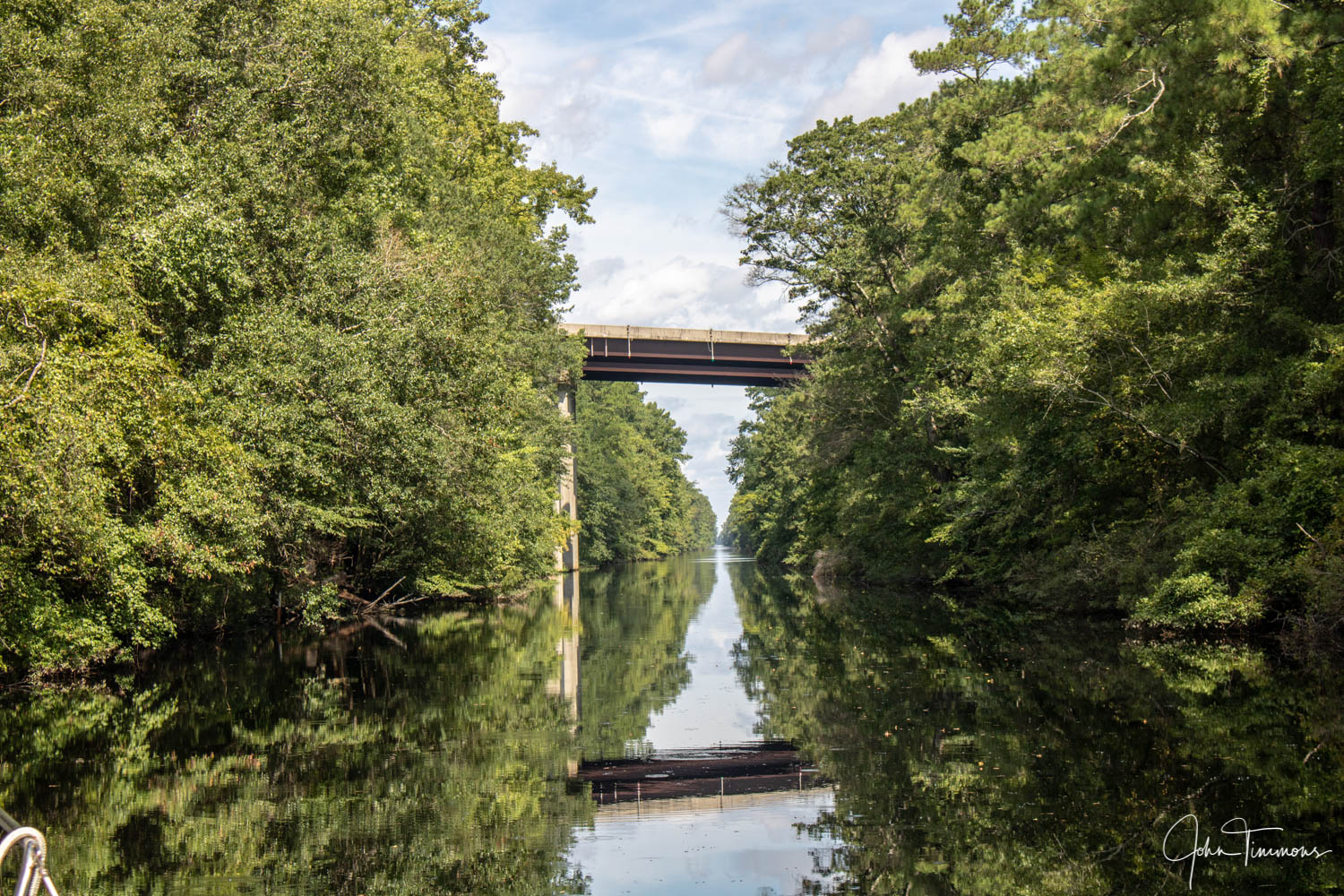
Trees lining the swamp in many areas hang precariously close to mast and rigging, requiring attentive navigation through these narrow passages. [Click to image to enlarge.]
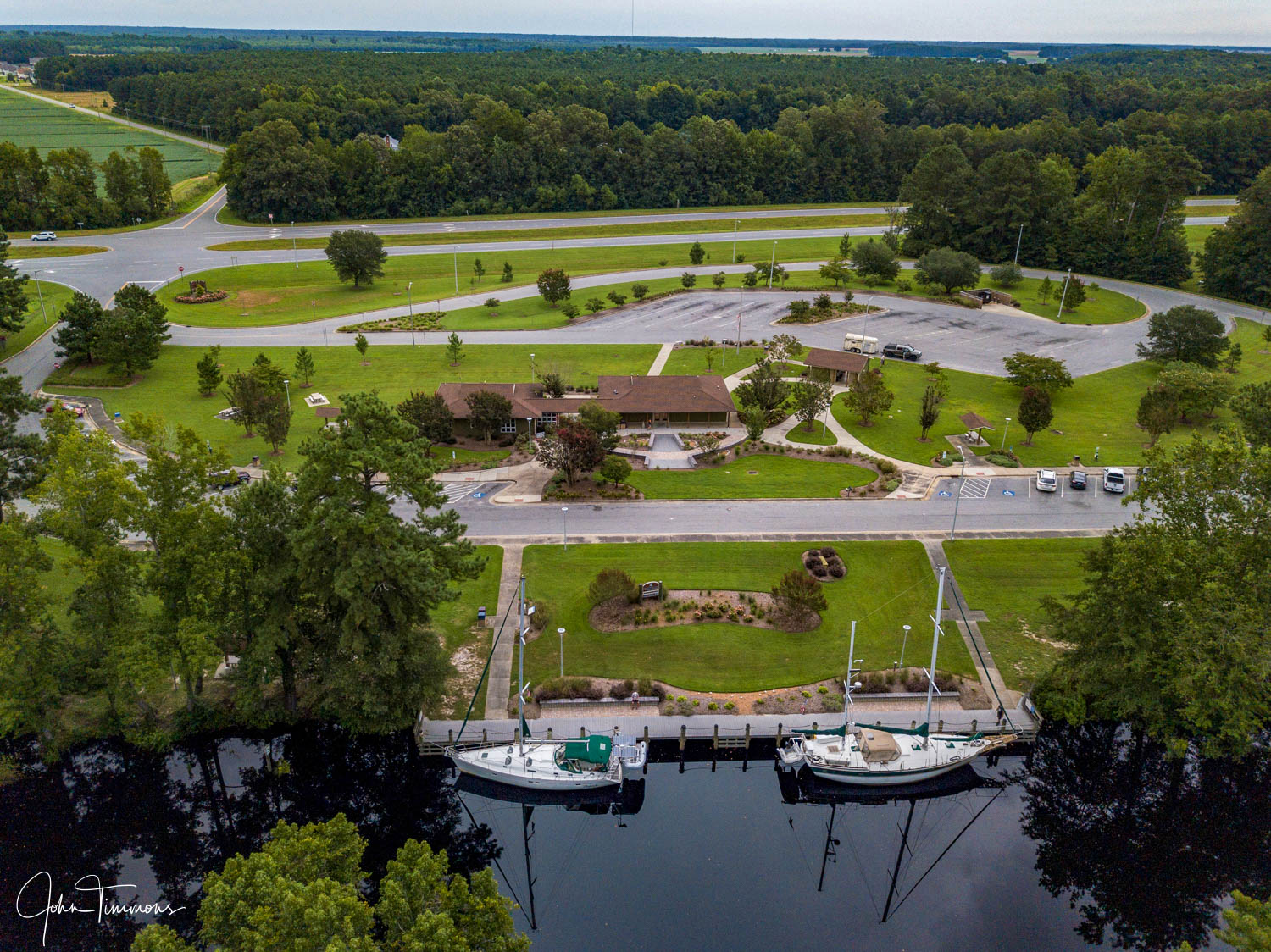
Dejarlo (left) secured for the night at the Great Dismal Swamp Welcome Center. [Click image to enlarge.]
A special treat awaited us at the Deep Creek Lock. The long-time lock and bridge master, Robert Peek, was awaiting our arrival with an oral history lesson of the Swamp, and entertainment that we’ll never forget. Robert is famous for his long dissertations of the Swamp, and also his talent blowing a conch shell. Thanks for the great time, Robert!
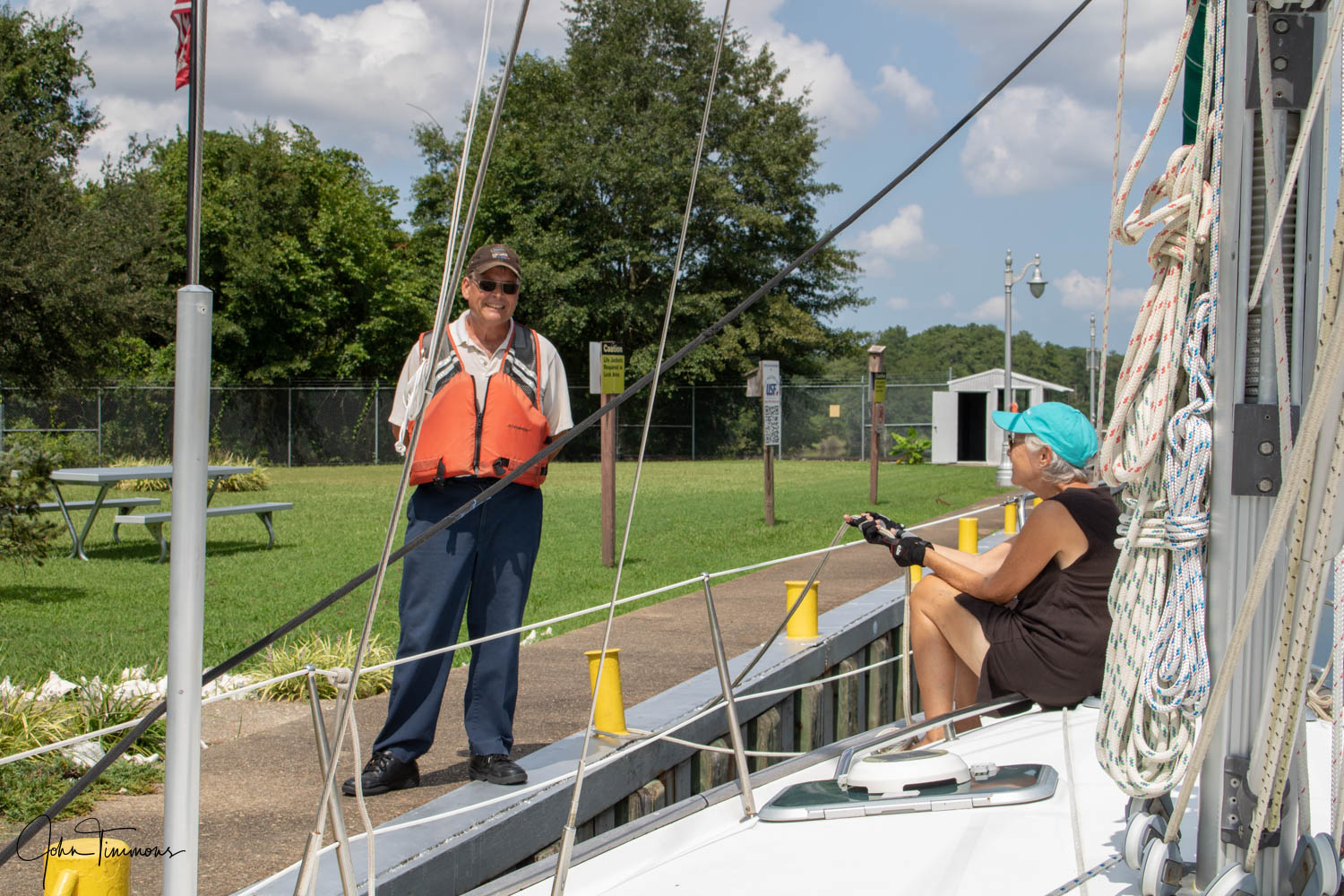
Robert Peek at the Deep Creek Lock providing copious stories and history about the Dismal Swamp. [Click to image to enlarge.]
The morning after our arrival at Atlantic Yacht Basin, Dejarlo was pulled out of the water for a two-day replacement of our shaft seal.
All boats, sail or motor, that have engines mounted on the inside require the propeller shaft to be routed through a hole in the hull where it attaches to the propeller that spins and provides propulsion. This hole in the hull causes all kinds of problems requiring a variety of solutions to keep water from flooding into the boat. Scores of techniques have been employed to keep water (mostly) out of the boat while allowing the propeller shaft to spin freely.
In our case, we have a “drip-less” shaft seal that utilizes a grease packed rubber flange that surrounds the shaft where it enters the boat. This seal has worked perfectly for years. So, what suddenly happened to our shaft seal that caused it to start leaking at an alarming rate?
When we had Dejarlo pulled out of the water at Atlantic Yacht Basin to have the shaft seal replaced, the mechanic noticed that one of the four motor mount bolts had very slightly loosened, allowing our diesel engine to shift ever-so-slightly. This, in turn, caused there to be a minuscule misalignment of the propeller shaft. This shaft misalignment then caused the “round” rubber seal surrounding the shaft to ever-so-slightly become “oblong”. The seal was then compromised, allowing water to seep around the shaft seal and into the engine pan of the boat.
The lesson here is to make an inspection of motor mounts part of routine maintenance checks.
Coming up next …
We depart Atlantic Yacht Basin after replacement of our shaft seal and make our way through the middle of the Norfolk Naval Boatyard and into the Chesapeake Bay. Stay tuned!
By the way, we always enjoy receiving comments and suggestions from our subscribers. Don’t be so timid! Leave us a comment in the “Leave a Comment” section at the bottom of this page. By doing so, you may become eligible to possibly win an undefined prize.

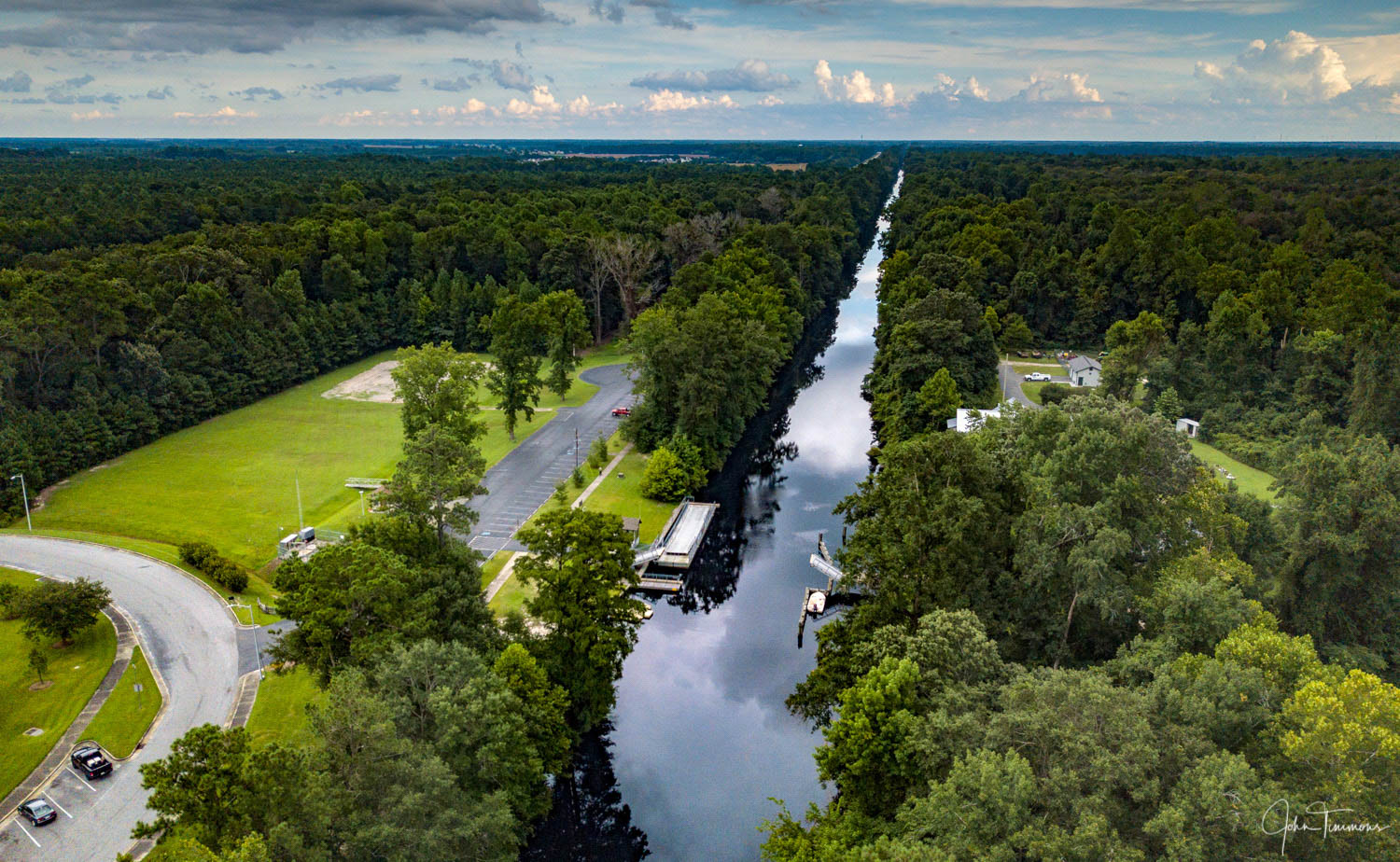


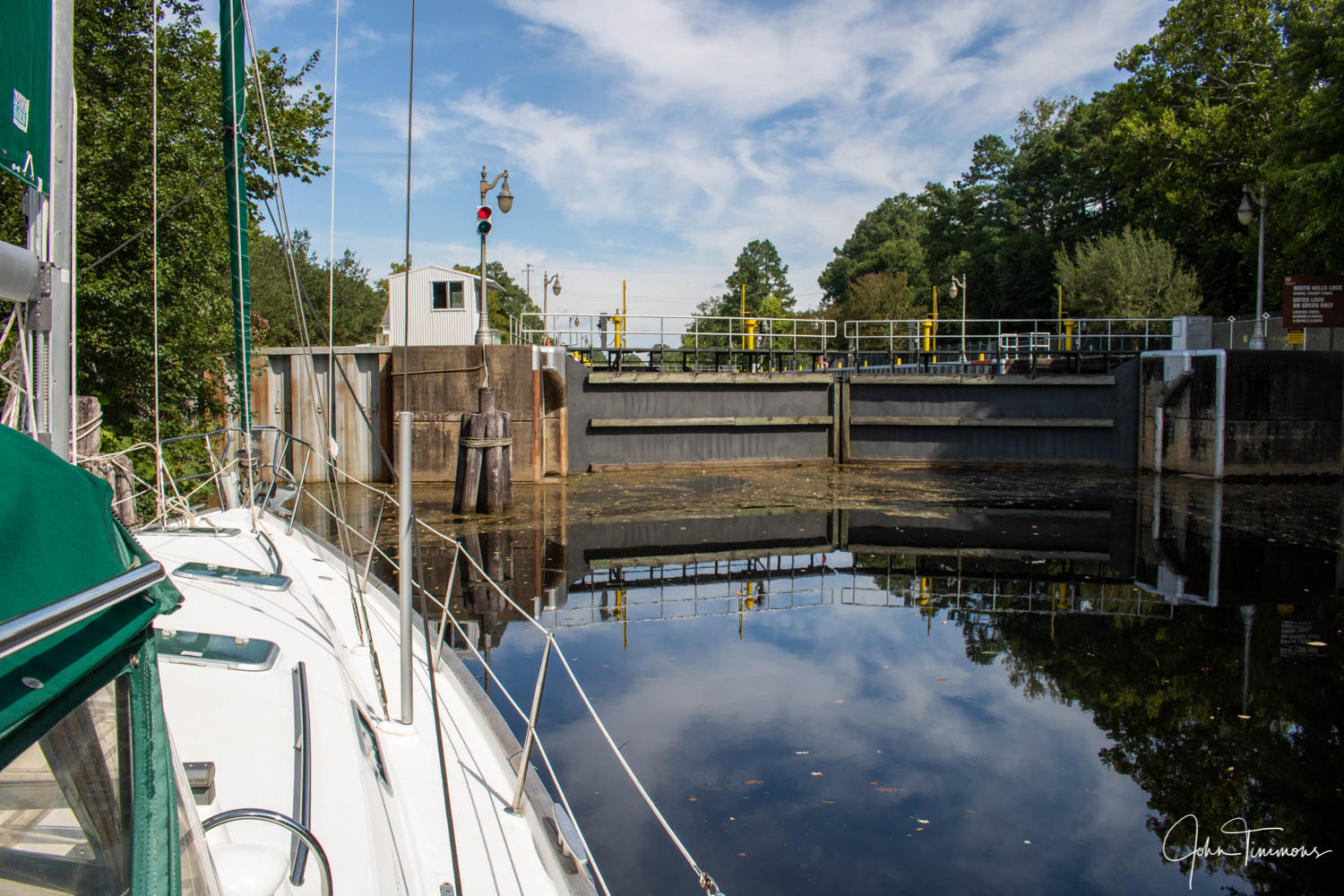



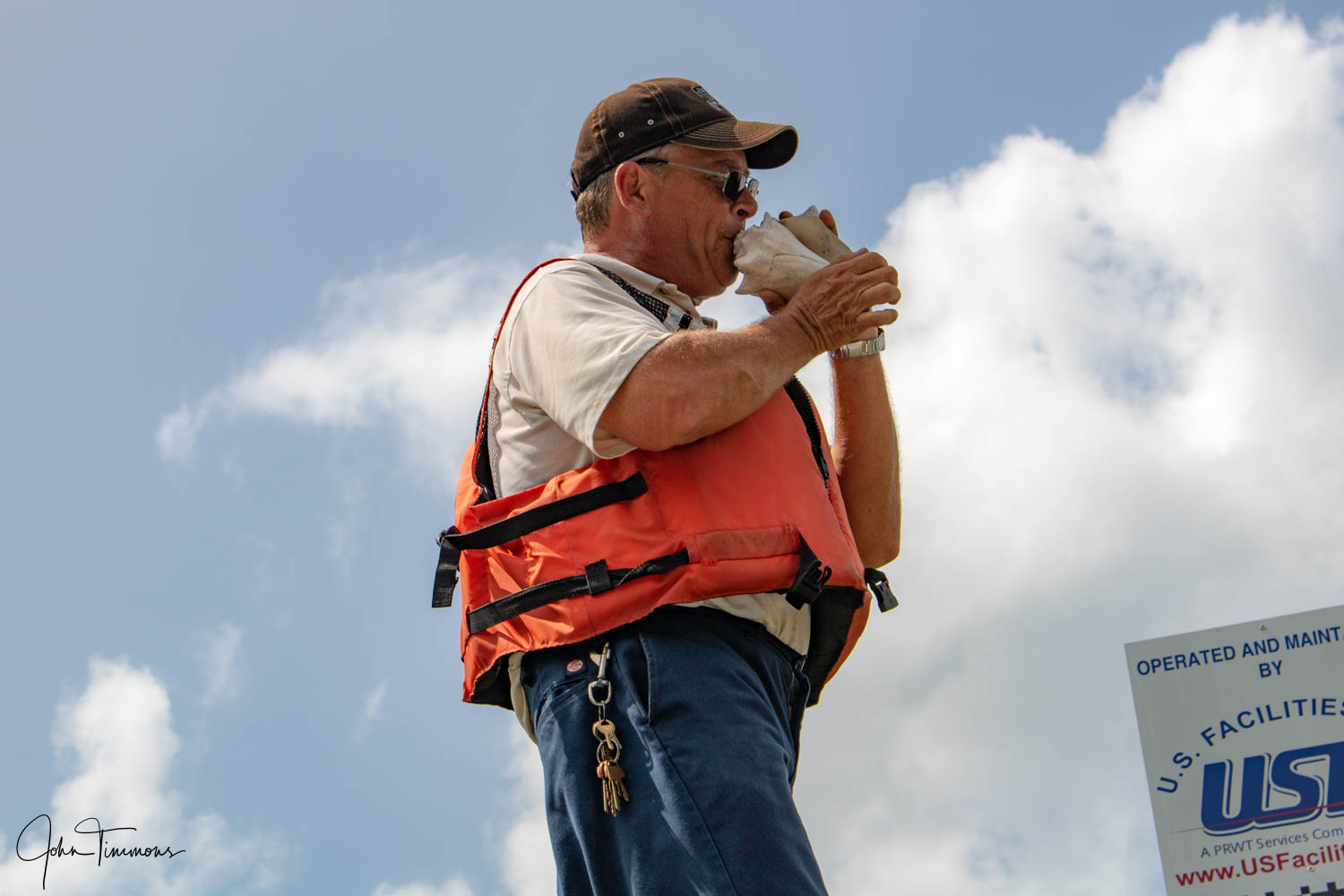



Pat Ri
Hi Jane. You look awesome on the boat. No worries. 😎
Lynn
Wow – what an awesome adventure! Love reading about it!
John & Jane
Thanks,Lynn! It feels awesome to us, too. It’s something new to learn each day (sometimes more than one a day), but it’s also something wonderful and/or touching each day, too. Hi to Randy! -Jane
Pat Ridgeway
I hope you guys and the boat have been safe from the hurricane. This has been one ferocious storm! I know you have a plan, and are spider webbed in the slip, but there has been a lot of rain. Stay safe. 😎
Yes, the sunglasses smiley face is my sign. Shh! It’s a secret.
John & Jane
HI! Long-lost Jane here. Thanks for your concern and good wishes. Luckily we did choose a great place to ride out what wasn’t a big deal for us, unlike for millions of others. PS Wish I was sitting in your chair…
Randy Watson
Love following your amazing journey. Stay safe and keep the stories coming.
John & Jane
Thanks, Randy. Will do!
Tom Lehnen
We keep watching hurricane Florence and it looks like you may escape the direct wrath of the hurricane. Time will tell, better safe than sorry.
Your post was again great. Pictures, video editing was really great! Loved the time lapse video and yes the drone adds a really interesting dimension. Jane you were looking GOOD handling those ropes. Try and keep John on task and focused. We are always thinking of you both. Those weren’t ghosts in the Dismal Swamp, it was all of our spirits you felt! Remember, We travel with you in spirit.
Be safe and will look forward to your next post.
John & Jane
We’ve got our fingers crossed that Florence steers clear of our area. We just spent several hours stripping everything on deck that might catch wind – sails, canvas, etc. We’re “spider-webbed” into our slip and prepared to exchange the boat for a hotel room if things get bad. Well, at least one of us, that is. I may stick around to adjust lines as necessary with rising waters. You know how I am!
Pat Ridgeway
Hi Jane and John,
I am enjoying the stories and pictures very much. So glad to hear the plan for riding out the hurricane. I don’t know if you are receiving my comments, but I will keep sending them. Miss you both, but enjoying the ride.
Pat😎
John & Jane
Hey, Pat! Glad you’re enjoying the blog. We love getting comments. We’re hopeful that the most serious effects of Florence will remain well south of us. However, we’re still making preparations for a glancing blow. We’re doubling up dock lines, removing the roller-furled jib and eliminating as much deck windage as possible. It looks like Thursday and Friday should be pretty exciting! – John
Steve Moeller
Wow, John & Jane, you make a great adventure team! Not at all surprised you went through the swamp against the advice of others…hard to resist an adventure like that. Was almost expecting to see snakes falling from the trees. Love the beautiful photos and your descriptive updates!
John & Jane
Oh, crap! I didn’t think about the possibility of snakes falling out of trees! If I’d had that scary image in my head the night before we entered the Swamp, I probably would have backtracked and gone the other way!
Tony Vogel
Guys this was by far the best posting to date! The time lapse “movie” was just great and the drone shots are really the ticket. It looks like the scenery is really pretty. Hope the bugs are not driving you nuts! Keep up the good work and keep those engine mounts TIGHT.
John & Jane
Thanks, Tony. Now, if we can only get these hurricanes to head out to sea!
Sharon Dalton
It is always fun living and traveling vicariously through you. Since we never made the trek north with Insatiable, this is fun to follow along and see what we missed.
Smooth sailing. Be safe and don’t get to worked up about Florence. You will be on the good side of the wind and rain bands.
Talk soon,
Sharon
Jan
Pictures were wonderful. Glad you took the swamp route. Amazing how one lose bolt can cause so much trouble. Just like in real life, one lose screw can create havoc. Stay cool and safe and enjoy the hotel room. Till your next blog.
John & Jane
Hi Jan,
Yep, one loose screw in life, as in shaft seals, can wreak BIG havoc (John hopes you’re not talking about him…).
That swamp was so very interesting and sort of spooky; talk is lots of ghosts in there. -Jane